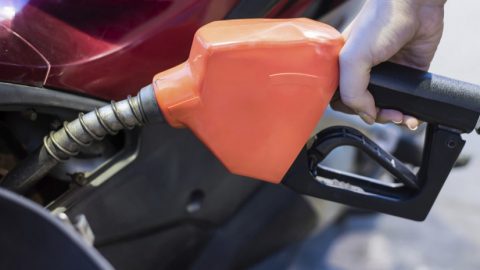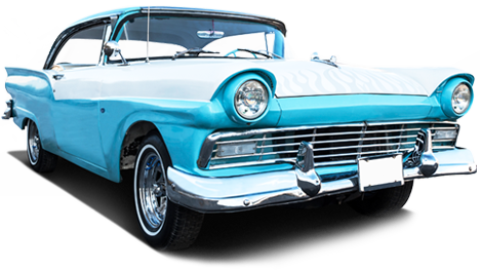If you’re looking to buy a new or used car, safety should be a primary concern. If you want to protect your family and get lower insurance rates, you’ll need to make sure you are protected and secure in your vehicle. Though it may be tempting to make decisions based on cosmetic factors or gut instinct, it’s important to take time to look into all the safety factors.
Making this kind of purchase can often be bewildering, and you might not know how to find the best option. But, by following these ten tips you’ll be in a great position to make an informed decision.
Capitol-Tires.com is an independent enthusiast website and is not affiliated with or endorsed by American Tire Distributors (ATD), Nexen, Itochu or any other manufacturers and its content is solely for informational purposes. All manufacturer names, symbols, and descriptions, used in our images and text are used for identification purposes only. It is neither inferred nor implied that any item mentioned by Capitol-Tires.com is a product authorized by or in any way connected with any products/vehicle manufacturers displayed on this page. Copyright © 2025 CAPITOL-TIRES.com. All rights reserved.









